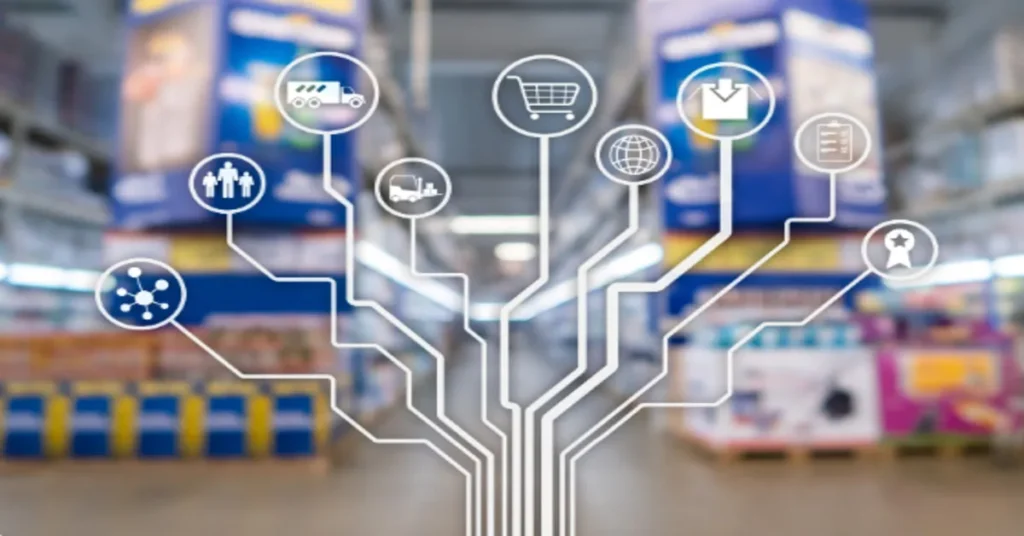The development of e-commerce has changed the retail scene dramatically in recent years, posing several challenges to conventional brick-and-mortar retailers. Advancements in technology, shifting customer preferences, and the ease of internet buying have all contributed to this development. Let’s examine the effects of e-commerce on conventional brick-and-mortar establishments.
Change in Consumer Behavior
The change in consumer behavior is one of the most obvious effects of e-commerce on physical retailers. A growing number of consumers now favor the convenience of shopping from home or while on the go due to the simplicity of browsing and making purchases online. Traditional retailers are seeing a decline in foot traffic as a result, particularly for regular purchases or easily accessible commodities.
Competition
Brick-and-mortar stores now face strong rivalry from e-commerce. Online marketplaces provide a wide range of goods, frequently at affordable costs, and facilitate effortless choice comparison. In order to remain competitive in the market, this has compelled traditional retailers to reevaluate their approaches to pricing, product selection, and customer support.
Adaptation to Multichannel Retail
In order to stay current, a lot of traditional brick-and-mortar retailers have integrated their online and physical spaces through an omnichannel strategy. This gives customers the ease of buying online with the added benefit of in-store experiences like product trials, individualized help, and the satisfaction of taking purchases home the same day.
Effect on Real Estate
With e-commerce growing, the real estate market has also been impacted, particularly in commercial regions. The market for retail space has changed as a result of several established retailers cutting back on their operations or closing their physical stores. To improve the in-store experience, some physical and mortar establishments have also shifted to flagship locations or reduced footprint layouts.
Emphasis on Experience
Brick-and-mortar establishments have placed a strong emphasis on the experiencing side of shopping, even while online shopping satisfies the practical need of making purchases. Numerous stores have made investments in developing immersive, captivating spaces, holding events, offering interactive displays, and delivering services that are incomparable when purchased online. By emphasizing experience, we hope to attract clients who are looking for more than just transactions.
Logistics and Fulfillment Challenges
E-commerce has also presented logistical difficulties for physical retailers, especially with regard to last-mile deliveries and order fulfillment. In order to fulfill the fast and convenient demands of their customers, traditional retailers have had to investigate click-and-collect options, invest in efficient delivery systems, and improve their supply chains.
Data and Personalization
One benefit of online shopping is the volume of information it collects regarding the tastes, actions, and buying habits of its clients. Brick-and-mortar retailers are using technology and data analytics more and more to tailor the shopping experience. They are doing this by providing recommendations, loyalty plans, and tailored discounts based on the unique profiles of their customers.
Resilience and Evolution
Many physical stores have proven to be resilient and adaptable in the face of the difficulties presented by e-commerce. Traditional merchants can survive and prosper in a digitally driven retail environment by embracing digital technologies, improving their online presence, putting an emphasis on customer involvement, and differentiating through special services.
Last Note
E-commerce has surely caused a disruption to traditional brick-and-mortar stores, but it has also spurred creativity, flexibility, and the development of new retail methods. The secret is to understand how consumer behavior is changing, create the correct balance between digital and physical channels, and constantly reinvent the shopping experience to satisfy contemporary needs.


